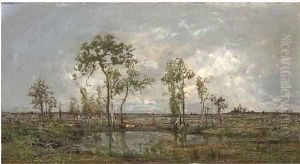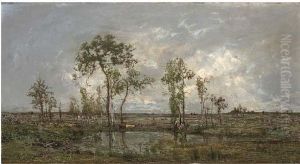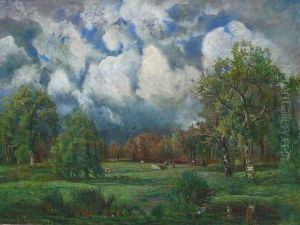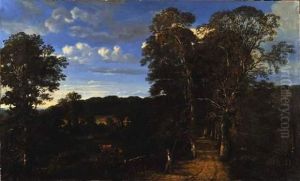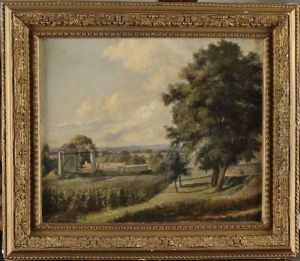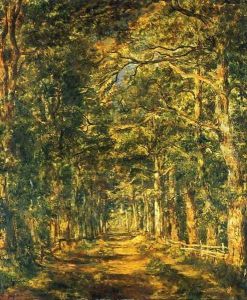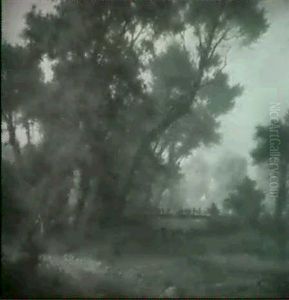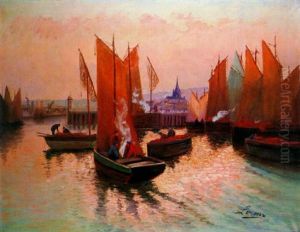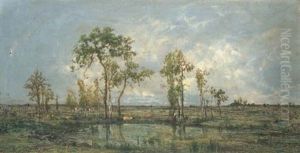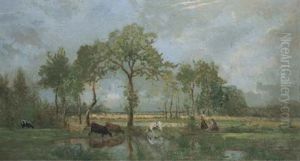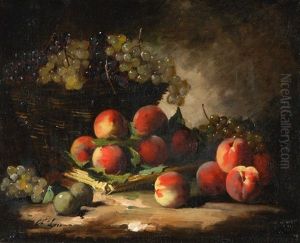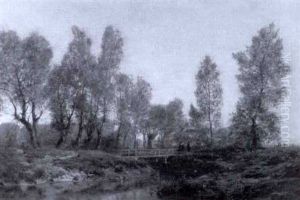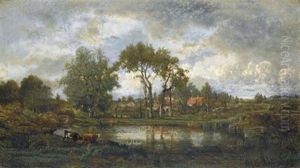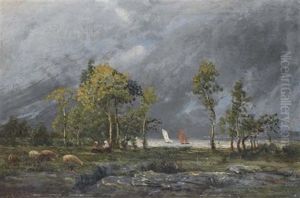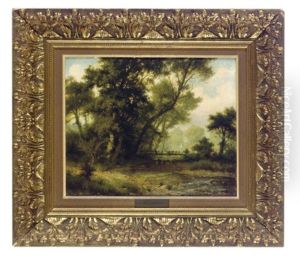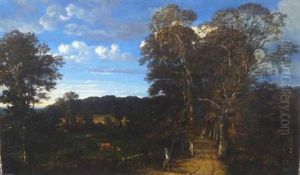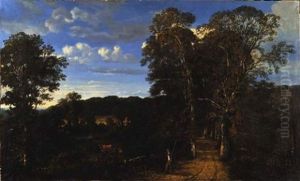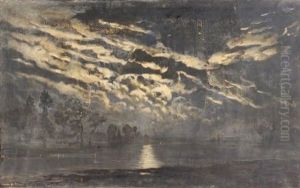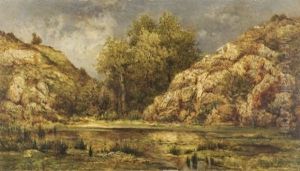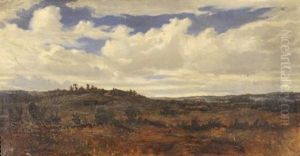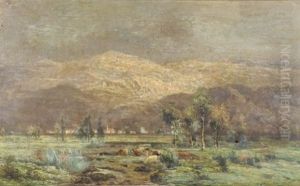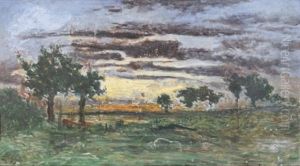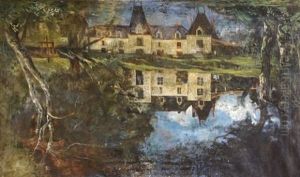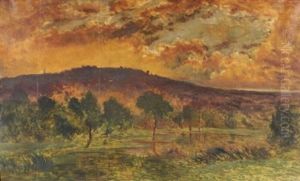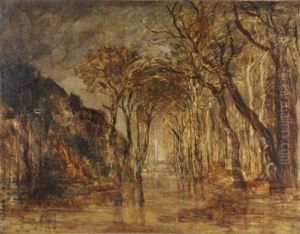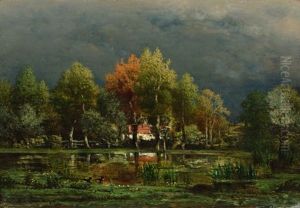Marie Guillaume Charles Leroux Paintings
Marie Guillaume Charles Leroux, born in 1814, was a French painter and sculptor whose work, although not widely recognized today, contributed to the artistic movements of the 19th century in France. Leroux's career spanned a period of significant transformation in European art, witnessing the decline of Neoclassicism and the rise of Romanticism, followed by the early stages of Impressionism. His oeuvre, which included both paintings and sculptures, often reflected the traditional academic style but gradually incorporated more experimental techniques and themes as the artistic landscape of his time evolved.
Leroux received his formal art education at the École des Beaux-Arts in Paris, where he studied under prominent artists of the time. This foundational training grounded his work in the classical traditions of art, focusing on the human figure, historical themes, and allegory. However, Leroux's later works began to show an interest in the natural world and everyday life, indicating the influence of Romanticism and the burgeoning Impressionist movement. Despite his ability to adapt to the changing tastes of the art world, Leroux never gained the same level of fame as some of his contemporaries, such as Eugène Delacroix or Gustave Courbet.
Throughout his career, Leroux exhibited his work at various salons and exhibitions, receiving modest recognition for his contributions to French art. His sculptures, in particular, were noted for their detailed realism and expressive quality, while his paintings were praised for their vivid portrayal of historical and mythological scenes. After his death in 1895, Leroux's work fell into relative obscurity, overshadowed by the artists who had more distinctly shaped the movements of Impressionism and Post-Impressionism.
Despite the lack of widespread recognition, Leroux's legacy persists in the collections of several French museums and in the appreciation of art historians who acknowledge his role in the transitional period of 19th-century European art. His dedication to the craft of painting and sculpture, along with his willingness to explore new artistic directions, exemplifies the broader trends and challenges faced by artists of his era.
